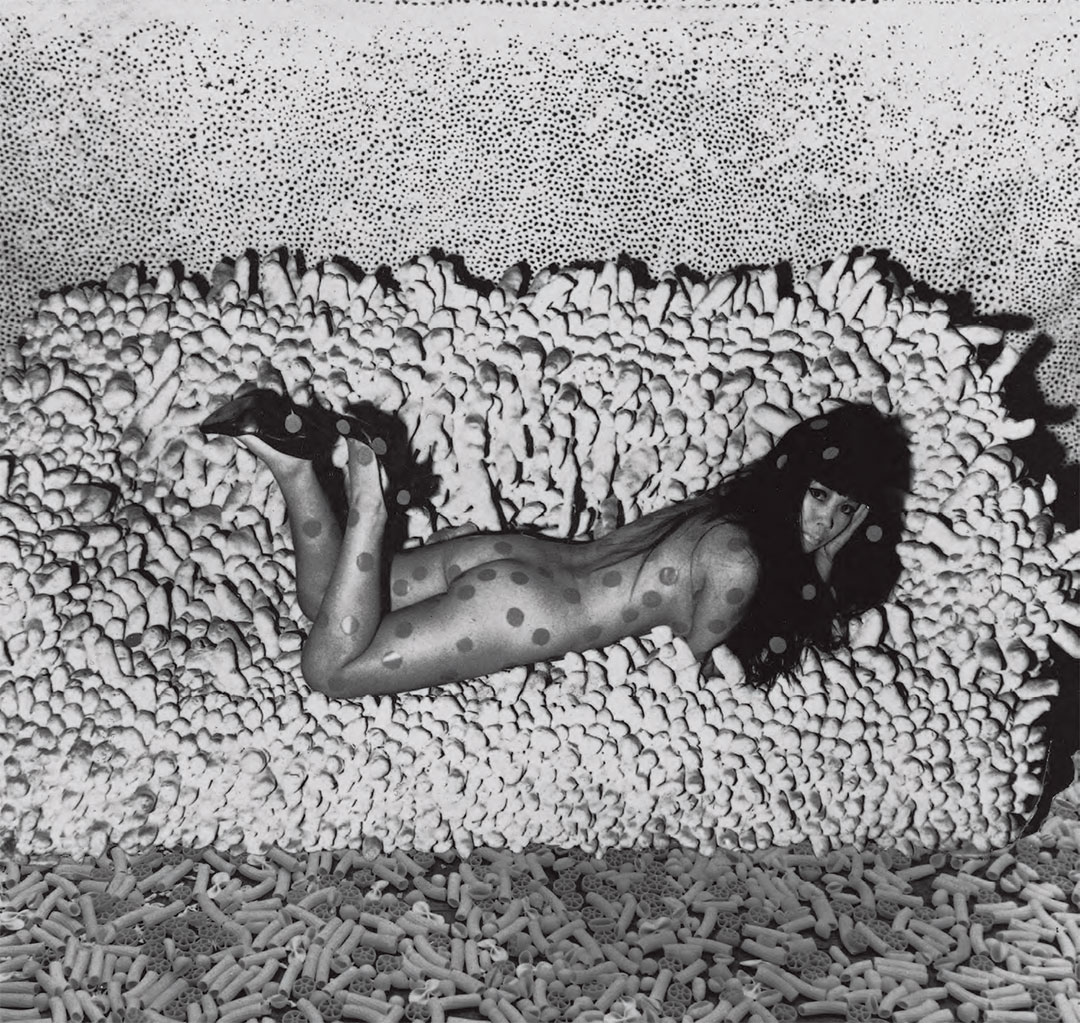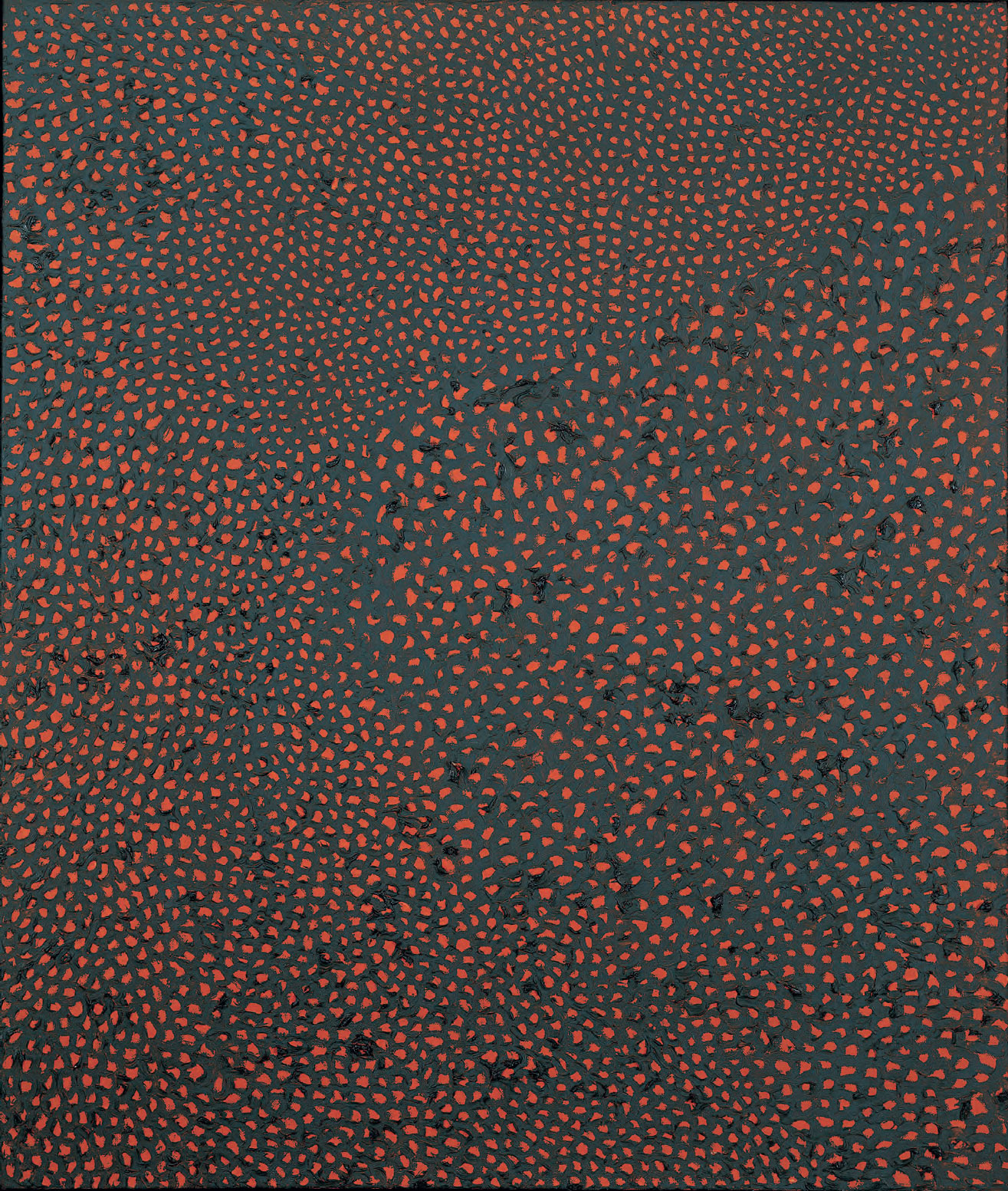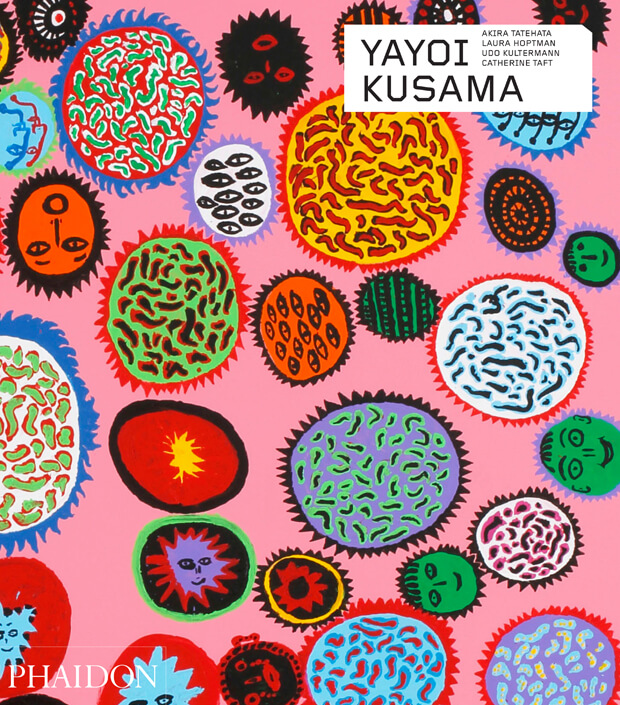
How Yayoi Kusama inspired Donald Judd
If you like Donald's box sculptures you might want to thank Yayoi for helping him come up with them
There’s a really great ‘eureka moment' anecdote hidden away in our newly updated and expanded Yayoi Kusama monograph. However, it doesn’t involve the Japanese artist’s own work. Instead, it concerns the output of her one-time boyfriend, Donald Judd.
Today, Kusama is one of the world’s most popular living artists, beloved by the likes of Adele, Marc Jacobs and Katie Perry. Judd, meanwhile, is revered by a much smaller coterie of art-world intellectuals for his impressive theory and criticism, and his beautifully conceived minimalist sculptures and furniture. However, our new Yayoi Kusama book reveals that the demarcation between Judd’s highbrow labours and Kusama’s far more approachable work isn’t as clear as we may imagine.
In an interview with the Japanese poet and curator Akira Tatehata, reproduced in our new book, Kusama describes her time with Judd, whom she met in the early 1960s, and who became her first boyfriend.
“Judd was a theorist,” Kusama recalls “Simply put, he could not make an ordinary kind of work. In a sense, half of his work at that time was my making."
That's quite a claim, though Kusama substantiates it with this tale. "He once griped, ‘What shall I do now? I am at a loss. I responded, ‘This, this is it’, kicking a square box that we had picked up somewhere and turned into our table. That gave him a hint for his box pieces."
Today those boxes, which Judd fashioned from plywood, steel, Plexiglas and other materials, form a substantial part of Judd's artistic legacy; examples reside in the permanent collections of the Tate, the Met and MoMA.
In return, Judd helped Kusama make her sculptures – he stuffed some of the fabric phalluses she created, for example – and also publicised her work whenever he could. In his writing, Judd placed Kusama’s Infinity Net paintings alongside prominent minimalist artists of the time such as Frank Stella, giving Kusama critical appeal at a time when the tabloid coverage of her nude happenings threatened to overshadow her art world reputation.
Indeed, our new book contextualises Kusama’s early career in New York not as a swinging pop-art orgy – as it’s sometimes perceived – but as a period of intense artistic interaction with other well-known names within contemporary art.

“There is her correspondence with Georgia O’Keeffe and voyage over the vast Pacific Ocean to the United States” explains US curator and author Catherine Taft. “There is her healthy competition with Andy Warhol, her intimacy with Joseph Cornell and her early championing by Donald Judd.”
After Kusama and Judd separated, she moved into a larger studio, yet she still continued to move in fairly rarefied artistic circles, befriending artists whose work would later hang beside hers, on the walls of the world’s more prominent galleries.
“Larry Rivers and John Chamberlain lived upstairs,” she recalls in our book. “On Kawara was across the hall from Chamberlain. One day I was struck by fear while I was standing in the building. I cried out: ‘I’m scared. Somebody, please come.’ There came Mr Kawara: ‘Don’t worry. No need to be scared, I am with you.’” Given Kusama’s inspirational prowess and subsequent career, she could have offered Kawara similar reassurances.

For greater insight into Yayoi Kusama’s life and work order a copy of our newly updated and expanded Contemporary Artist Series book here.